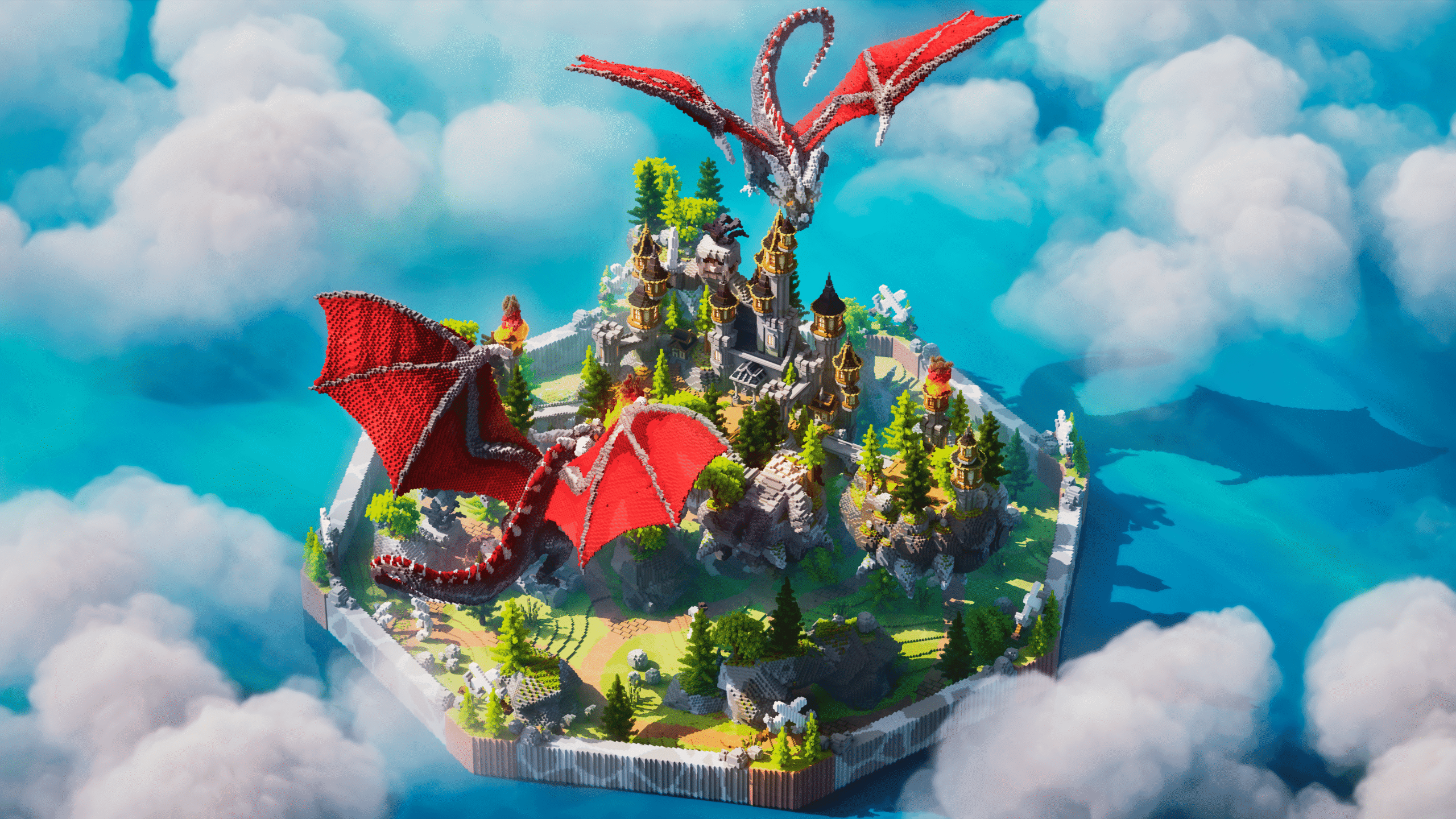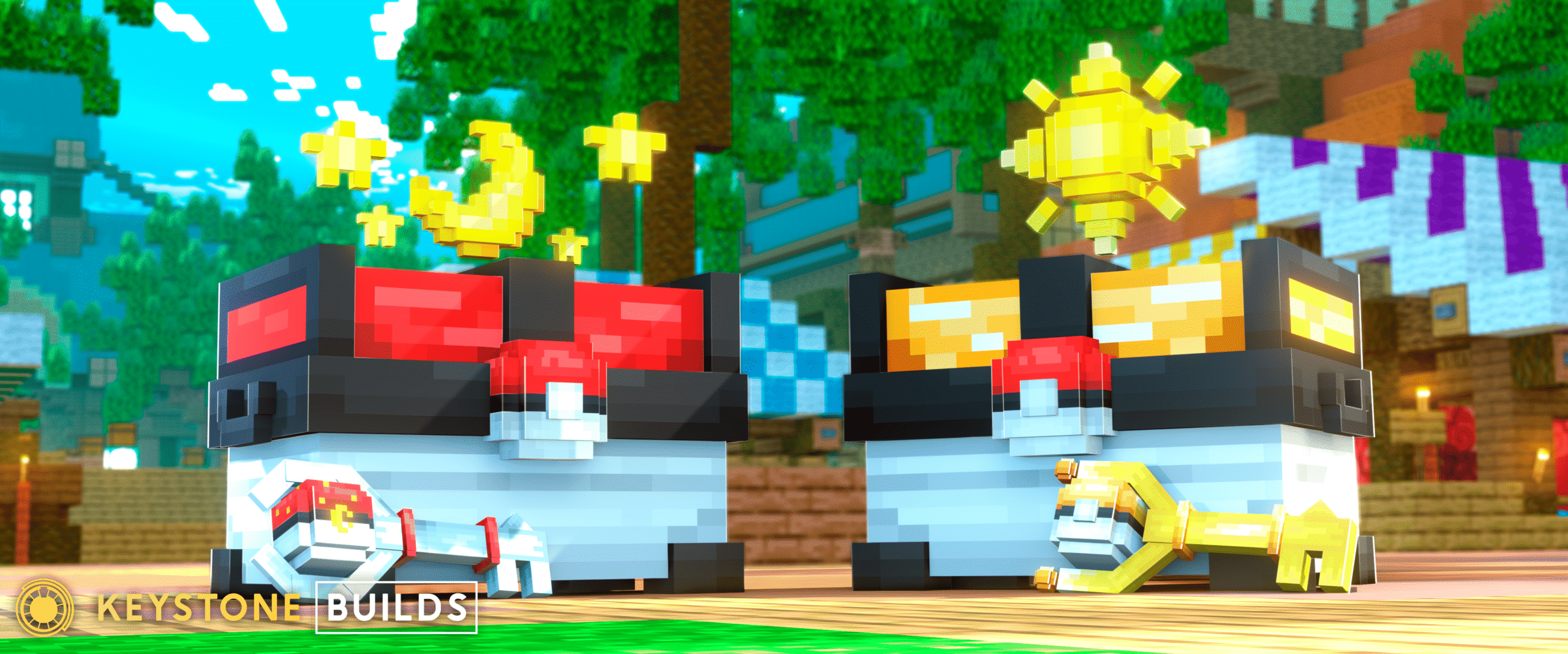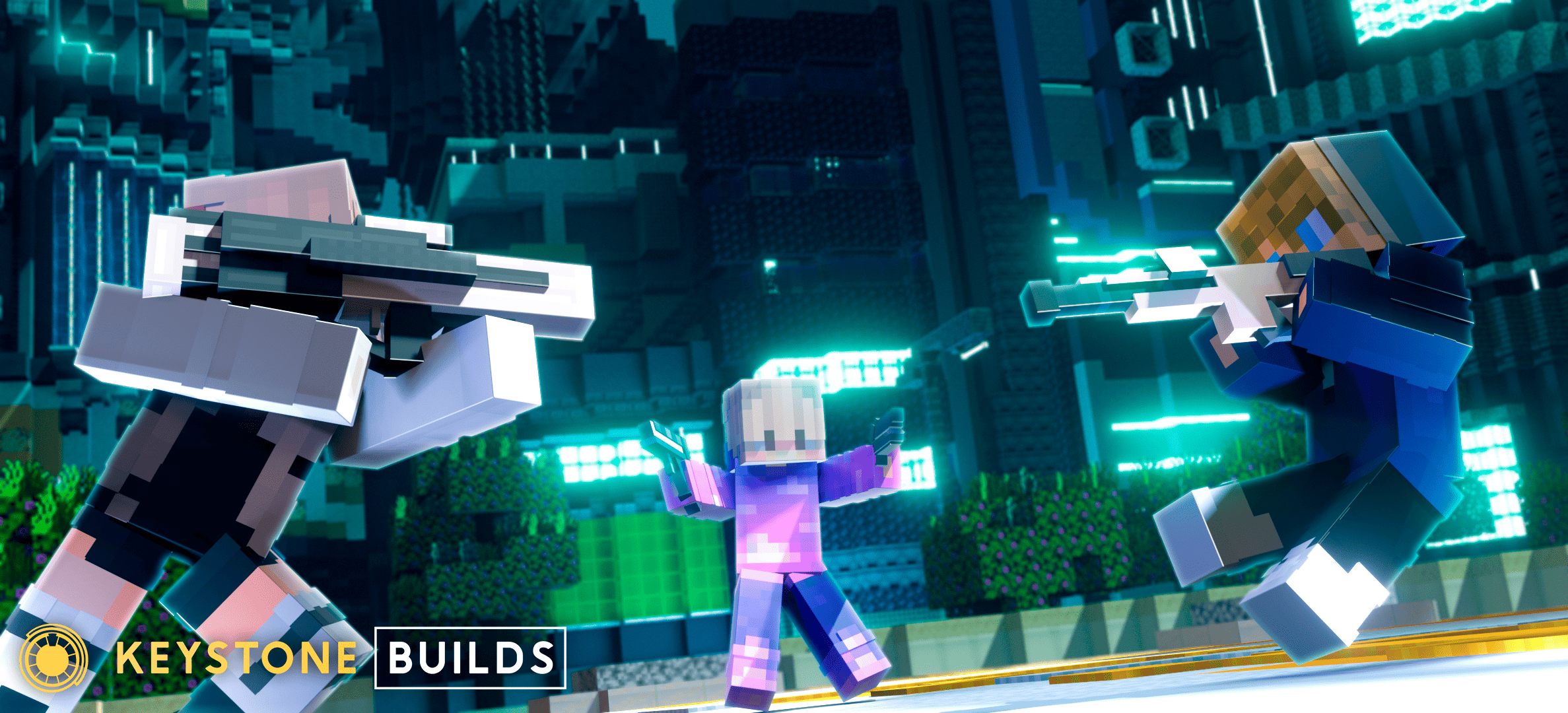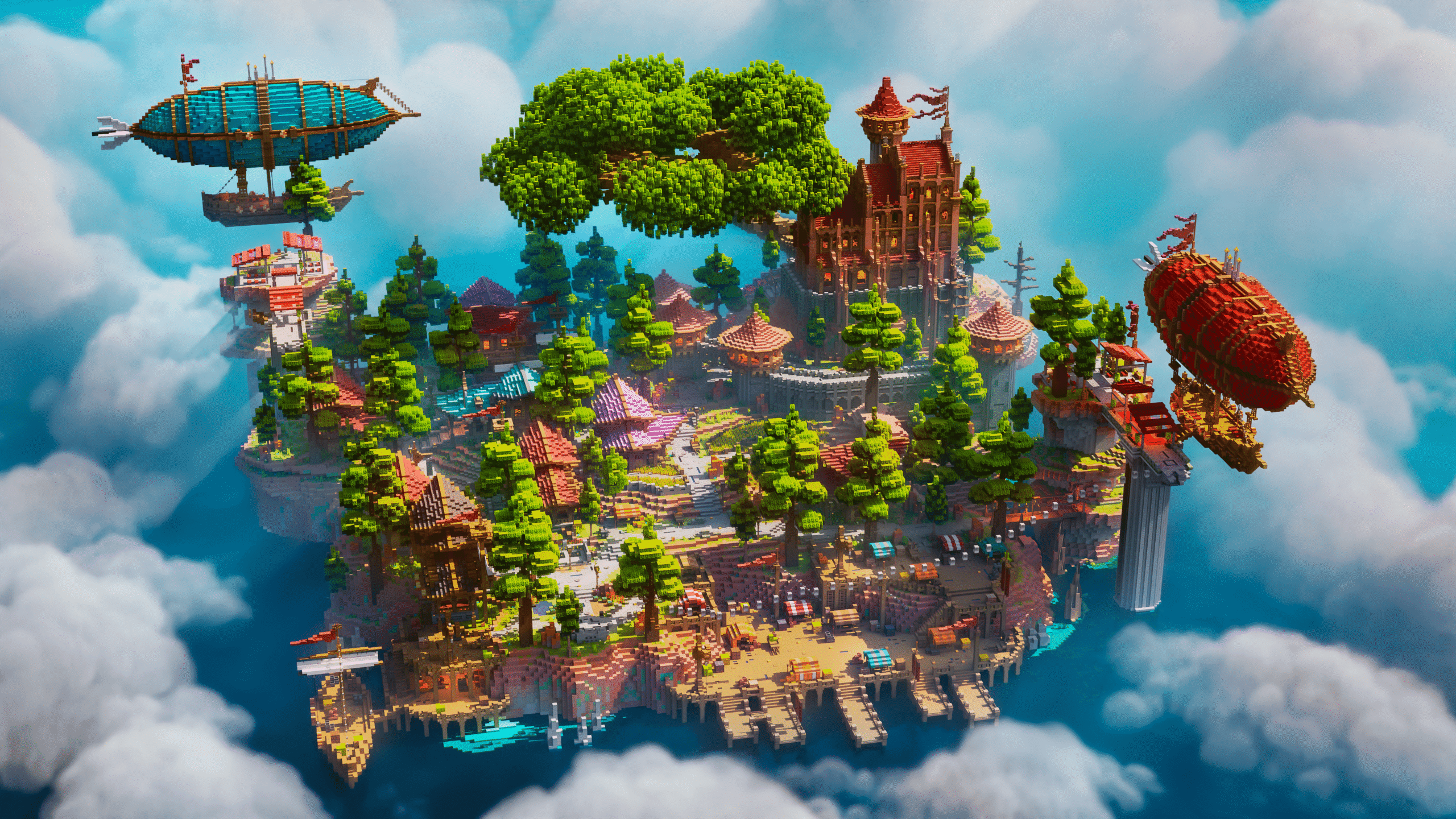If you want to run a Minecraft server that players respect, enjoy, and return to, you need more than just cool plugins and beautiful builds. You need a clear, fair, and organized system of ranks. Your server’s rank structure is the backbone of your community, shaping how responsibilities are distributed, rules are enforced, and trust is built. But what exactly do ranks mean, and how should they be set up? In this comprehensive guide, you’ll find Minecraft Server Ranks Explained—covering Owner, Admin, Mod, and more—so you can build a professional, safe, and enjoyable environment for your players.
A well-defined rank system helps your server run smoothly, encourages players to participate in the community, and makes staff feel confident in their roles. Whether you’re starting your first server or refining a popular world, understanding ranks is one of the most important steps to long-term success.
Why Server Ranks Matter
Ranks are much more than colorful prefixes in chat. They define what each player can and cannot do, establish order, and help you delegate responsibilities. Without ranks, your server becomes chaotic: players may grief without consequence, important questions go unanswered, and staff members get overwhelmed. A good rank system solves these problems by providing structure, security, and progression for both players and staff.
A strong rank system also motivates players. Seeing clear paths for promotion—from member to trusted player to staff—encourages engagement and investment in your community. On many servers, loyal players earn staff ranks over time, which rewards good behavior and creates a culture of trust.
Finally, ranks help you comply with Minecraft’s EULA by defining what perks donors receive. By using ranks thoughtfully, you can thank supporters without creating pay-to-win advantages.
Owner: The Visionary and Final Authority
Every server starts with an Owner—the individual who initiates the project, sets the rules, pays for hosting, and creates the server’s vision. The Owner has full administrative power: they can edit files, install or remove plugins, manage databases, control finances, and make final decisions about staff or gameplay. On smaller servers, the Owner often fills every role—from builder to moderator—but as the community grows, Owners must learn to delegate.
A successful Owner is more than a boss. They inspire their community, communicate clearly, and take responsibility when problems arise. Owners who remain engaged and approachable foster loyal communities, while those who disappear or micromanage every detail often struggle with staff burnout or player frustration.
In some communities, the Owner’s rank is visible in chat, but on larger networks, Owners sometimes prefer to use a less conspicuous in-game tag (like “Admin”) to avoid overwhelming attention from players.
Admin: The Owner’s Right Hand
Admins (short for Administrators) are the trusted second-in-command. They enforce rules, manage the server’s daily operations, handle major player issues, and keep plugins, permissions, and server configurations up to date. Admins may also be responsible for recruiting and training new staff, writing rules, or organizing events.
Admins must know the server’s systems inside and out. They often have console or FTP access, allowing them to restart the server, diagnose lag, or resolve crashes. While Owners set the big-picture direction, Admins handle the day-to-day work to keep everything running.
A good Admin balances authority with approachability. Players should feel comfortable asking Admins for help, and Mods should trust them for guidance. Admins who stay calm under pressure are especially valuable during conflicts, griefing incidents, or server downtime.
Moderator: The Face of the Community
Moderators (or Mods) are the public face of your staff team. They’re the ones players interact with most often, whether it’s in chat, Discord, or on forums. Mods keep the peace by enforcing rules, warning or muting disruptive players, investigating complaints, and encouraging friendly conversation.
Mods don’t need console or file access; their power lies in chat commands like /kick, /mute, or /ban. These abilities allow them to protect the community without risking accidental server-wide changes. Because Mods handle sensitive situations, they need patience, good judgment, and strong communication skills.
On many servers, Mods also welcome new players, answer questions about gameplay or commands, and help run events. A positive, helpful Mod can turn a one-time visitor into a loyal player.
Helper or Junior Mod: Learning the Basics
Most servers include a training rank for new staff: Helper, Trial Mod, or Junior Mod. These ranks allow players interested in moderation to gain experience with limited powers. Helpers usually handle simple tasks like answering questions, greeting new players, or reporting suspicious behavior to Mods or Admins.
A trial period helps Owners and Admins assess a Helper’s maturity, activity, and communication skills before granting more responsibility. Successful Helpers are often promoted to full Moderators, creating a pipeline of trained, dedicated staff.
Builder: The Creative Core of Your Server
Builders play a unique role in staff teams. While they don’t enforce rules or handle player issues, they shape the look and feel of your server world. Builders create spawn areas, hubs, arenas, event maps, dungeons, and themed districts. Their work can leave a lasting first impression that makes your server stand out.
A Builder rank should grant creative mode, WorldEdit permissions, and potentially access to a build server or protected build worlds. However, Builders don’t usually need commands related to moderation or administration.
When working with Builders, clear expectations and communication are key. Provide project briefs, themes, deadlines, and reference images to help Builders match your server’s vision.
Developer: The Technical Powerhouse
Developers (or Devs) are the behind-the-scenes problem solvers. They install, configure, and update plugins, write custom scripts, manage databases, and optimize server performance. On advanced servers, Developers might build custom features, integrate APIs, or create web panels.
Developers often have console, FTP, and database access, so trust is essential. A good Developer doesn’t just write code; they also document changes, communicate clearly with Admins and Owners, and keep security in mind.
While some servers don’t need a dedicated Developer, any server using many plugins or aiming for unique gameplay benefits greatly from a skilled Dev.
VIP or Donor: Supporting Your Server
VIPs or Donors aren’t staff but are still important ranks on many servers. They’re players who financially support the server through one-time donations or monthly subscriptions. VIP ranks often come with cosmetic perks like chat tags, hats, pets, or particle effects.
It’s critical to ensure VIP perks don’t break Minecraft’s EULA. Mojang prohibits pay-to-win features that give donors gameplay advantages. Keep VIP benefits cosmetic or convenience-based (extra /home slots or /nick commands), not power-based (enchanted gear, game-changing abilities).
Offering well-designed VIP ranks helps fund your server sustainably without compromising fairness.
Member or Default: The Heart of Your Community
Every player starts somewhere, and the Default or Member rank is where it all begins. Members have basic permissions like building, crafting, exploring, and chatting. This rank should feel welcoming but limited enough to encourage good behavior before granting advanced commands.
Setting clear permissions prevents griefing, spam, or abuse while keeping the game fun. Giving new players enough freedom to enjoy the server but restricting potentially harmful commands helps protect your world.
Some servers include progression ranks for active players, like Trusted or Veteran, which unlock small rewards and recognize loyalty without staff responsibilities.
Establishing a Clear Rank Hierarchy
A great server rank system isn’t just about having the right titles—it’s about defining clear relationships and responsibilities between them. A hierarchy should answer questions like:
- Who reports to whom?
- Who can moderate chat? Who can handle bans?
- Who can change plugin settings?
- Who can recruit new staff?
Clear documentation, staff handbooks, and training sessions make sure everyone understands their roles. Many successful servers create a simple org chart to illustrate the chain of command.
Promoting Transparency and Trust
Transparent rank systems build player trust. Players want to know who runs the server, who to approach for help, and how decisions are made. Posting a staff list on your website or Discord with roles, usernames, and responsibilities shows that your team is organized and accountable.
Transparency also helps when conflicts arise. Players who know what powers each staff rank has are less likely to feel mistreated if they receive a warning or punishment.
Using Plugins to Manage Ranks
Plugins like LuckPerms make it easy to set up and manage ranks. LuckPerms provides a web editor, hierarchical groups, and detailed permissions control. With it, you can:
- Create custom ranks with inherited permissions
- Grant temporary ranks (useful for events or promotions)
- Assign permissions to worlds or regions
- Sync ranks across BungeeCord networks
Using a permissions plugin ensures ranks work consistently and reduces mistakes that could compromise security or gameplay.
Building a Staff Team That Lasts
Ranks are tools, but people are what make them work. Choosing the right staff is crucial for a stable, happy server. Look for players who:
- Are active and familiar with your community
- Communicate well and stay calm under pressure
- Show maturity, patience, and fairness
- Respect your server’s theme, rules, and vision
Conduct interviews or trial periods before promoting players to important ranks. Encourage staff feedback, hold occasional meetings, and recognize staff contributions to reduce burnout.
Conclusion
A strong rank system transforms your Minecraft server from a chaotic free-for-all into a well-run community. From the Owner setting the vision to the Mod welcoming new players, every role matters. By defining ranks clearly and promoting the right people, you’ll create a safe, engaging, and fair environment that players will want to call home.
Remember: great servers don’t just offer features—they offer communities where players feel respected and staff feel empowered.
Want your server to stand out with stunning builds that match your team’s professionalism? Visit the Keystone Builds store today to find affordable, high-quality pre-built maps that can transform your server’s first impression and keep players coming back.









